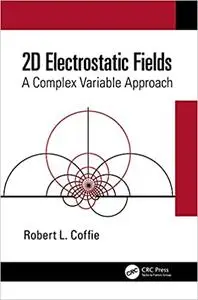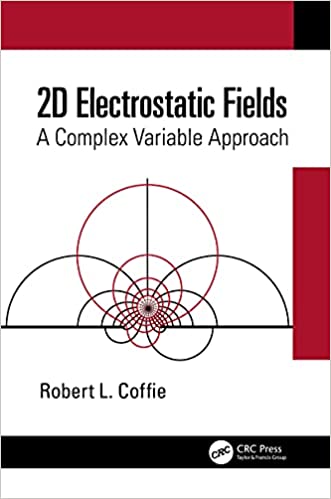2D Electrostatic Fields; A Complex Variable Approach
by Robert L. Coffie
English | 2021 | ISBN: 0367769751 | 387 pages | True PDF | 11.42 MB
by Robert L. Coffie
English | 2021 | ISBN: 0367769751 | 387 pages | True PDF | 11.42 MB
This book demonstrates how to use functions of a complex variable to solve engineering problems that obey the 2D Laplace equation (and in some cases the 2D Poisson equation). The book was written with the engineer/physicist in mind and the majority of the book focuses on electrostatics. A key benefit of the complex variable approach to electrostatics is the visualization of field lines through the use of field maps. With todays’ powerful computers and mathematical software programs, field maps are easily generated once the complex potential has been determined. Additionally, problems that would have been considered out of scope previously are now easily solved with these mathematical software programs. For example, solutions requiring the use of non-elementary functions such as elliptic and hypergeometric functions would have been viewed as not practical in the past due to the tedious use of look up tables for evaluation. Now, elliptic and hypergeometric functions are built-in functions for most mathematical software programs making their evaluation as easy as a trigonometric function. Key highlights in the book include
2D electrostatics completely formulated in terms of complex variables
More than 60 electrostatic field maps
Comprehensive treatment for obtaining Green’s functions with conformal mapping
Fully worked Schwarz-Christoffel transformations to more than usual number of problems
A full chapter devoted to solving practical problems at an advanced level
Detailed solutions to all end of chapter problems available on book’s website
Although the text is primarily self-contained, the reader is assumed to have taken differential and integral calculus and introductory courses in complex variables and electromagnetics.



